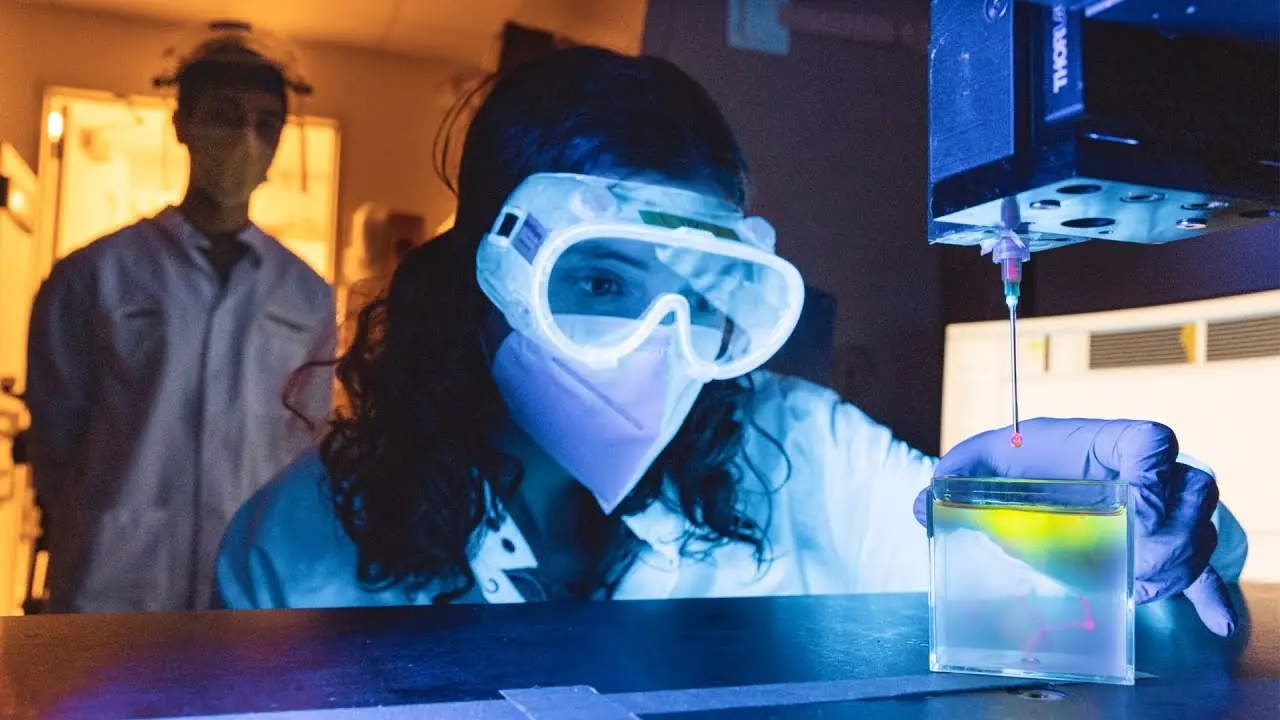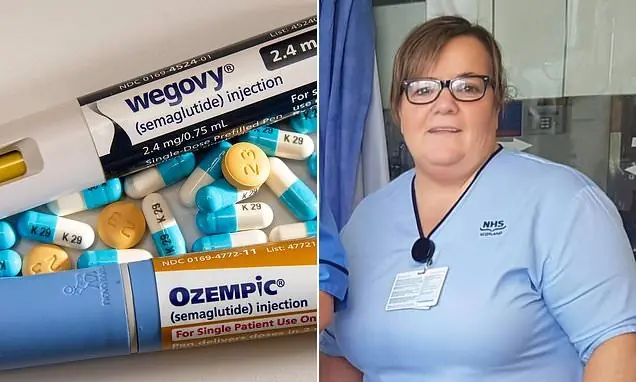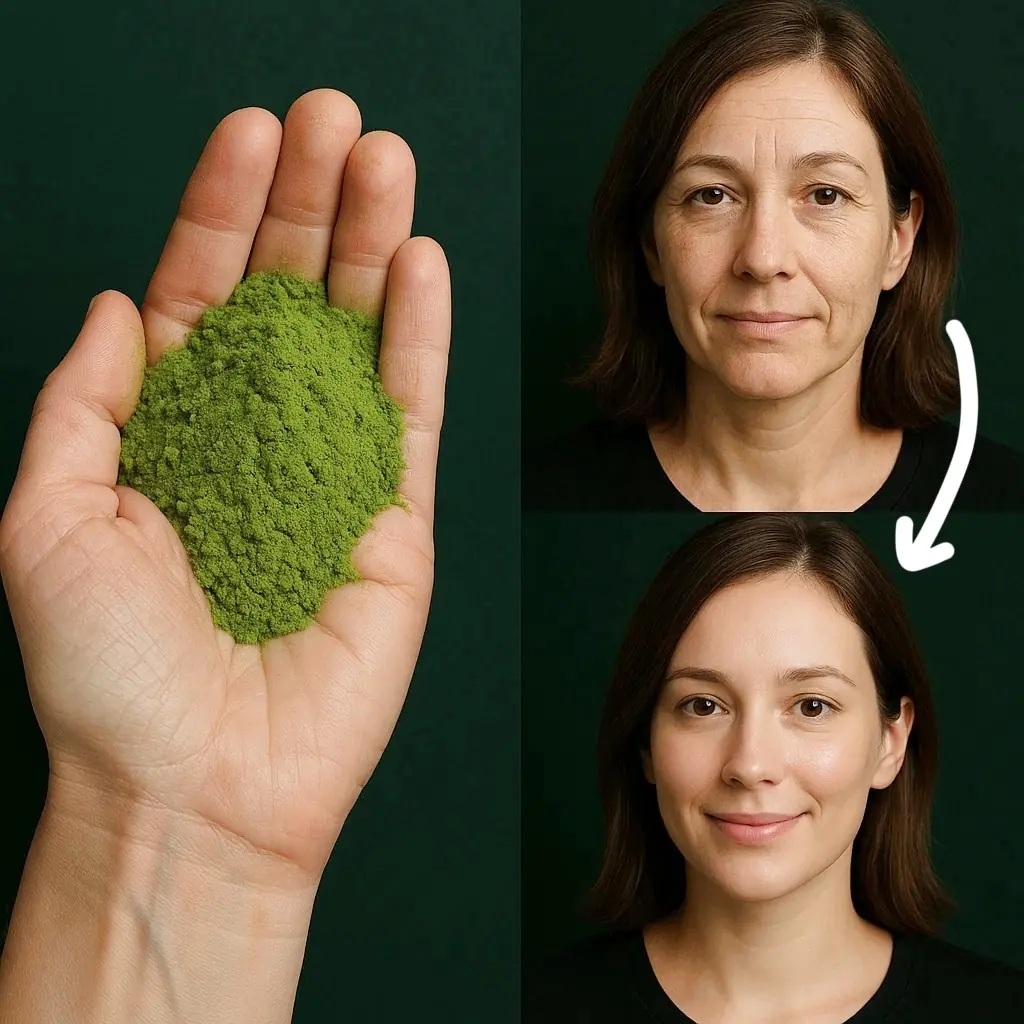Stanford University researchers have developed heart and liver organoids with functional blood vessels, pushing the limits of regenerative medicine. This breakthrough opens doors to potential organ replacements and personalized tissue therapies for the fu

Breakthrough in Regenerative Medicine: Stanford Scientists Develop Vascularized Heart and Liver Organoids
In an exciting advancement in regenerative medicine, scientists at Stanford University have successfully created vascularized heart and liver organoids. These miniaturized organs, which contain fully functional blood vessels, represent a significant step forward in the field of organoid research, pushing the boundaries of what was previously thought possible in tissue engineering and regenerative medicine.
What Are Organoids and Their Significance?
Organoids are small, lab-grown structures that replicate the functions and characteristics of real organs. For years, these structures have been used in the medical field to study diseases, understand organ development, and test new treatments. However, one major limitation of organoids was their inability to grow beyond a certain size. Without blood vessels, they lacked the necessary infrastructure to supply oxygen and nutrients to their growing cells, which limited their ability to replicate real, functional organs.
A Major Breakthrough: Vascularized Organoids
Stanford researchers have overcome this limitation by developing heart and liver organoids that contain functioning blood vessels. This breakthrough allows the mini-organs to mature beyond their previous limitations, offering unprecedented opportunities for studying diseases like heart disease and liver disorders with greater accuracy. The addition of blood vessels within these organoids mimics the natural organ environment more closely, enabling better simulation and more reliable results.
Implications for Regenerative Medicine and Transplantation
This advancement opens the door to new possibilities for regenerative medicine, including the potential for creating customized tissue therapies. In the future, lab-grown organs could be used to replace damaged or diseased tissues, offering a solution for people awaiting life-saving transplants. The ability to grow fully functional organs with their own blood supply is a step closer to the dream of transplantable organs, which could alleviate the ongoing shortage of available donor organs worldwide.
Researchers are optimistic that this technology could revolutionize the way we approach medical treatments, from drug testing to personalized therapies. By utilizing these vascularized organoids, scientists could one day create organs tailored to an individual’s genetic makeup, reducing the risk of rejection and improving the success rates of organ transplants.
The Road Ahead: More Research Needed
While this achievement is groundbreaking, researchers acknowledge that more work is needed to refine the technology and ensure that these vascularized organoids are viable for future medical applications. The next steps involve improving the scalability and functionality of these mini-organs to ensure that they can be used in clinical settings for patients in need of organ replacements or regenerative therapies.
Conclusion
Stanford University's success in developing vascularized heart and liver organoids marks a significant milestone in regenerative medicine, bringing us closer to the possibility of lab-grown organs that could replace damaged tissues and organs in the human body. This breakthrough not only promises to revolutionize transplantation and disease treatment but also offers hope to millions of people in need of life-saving organ transplants.
References
Medical Xpress, Stanford University Research, and related scientific publications.
































